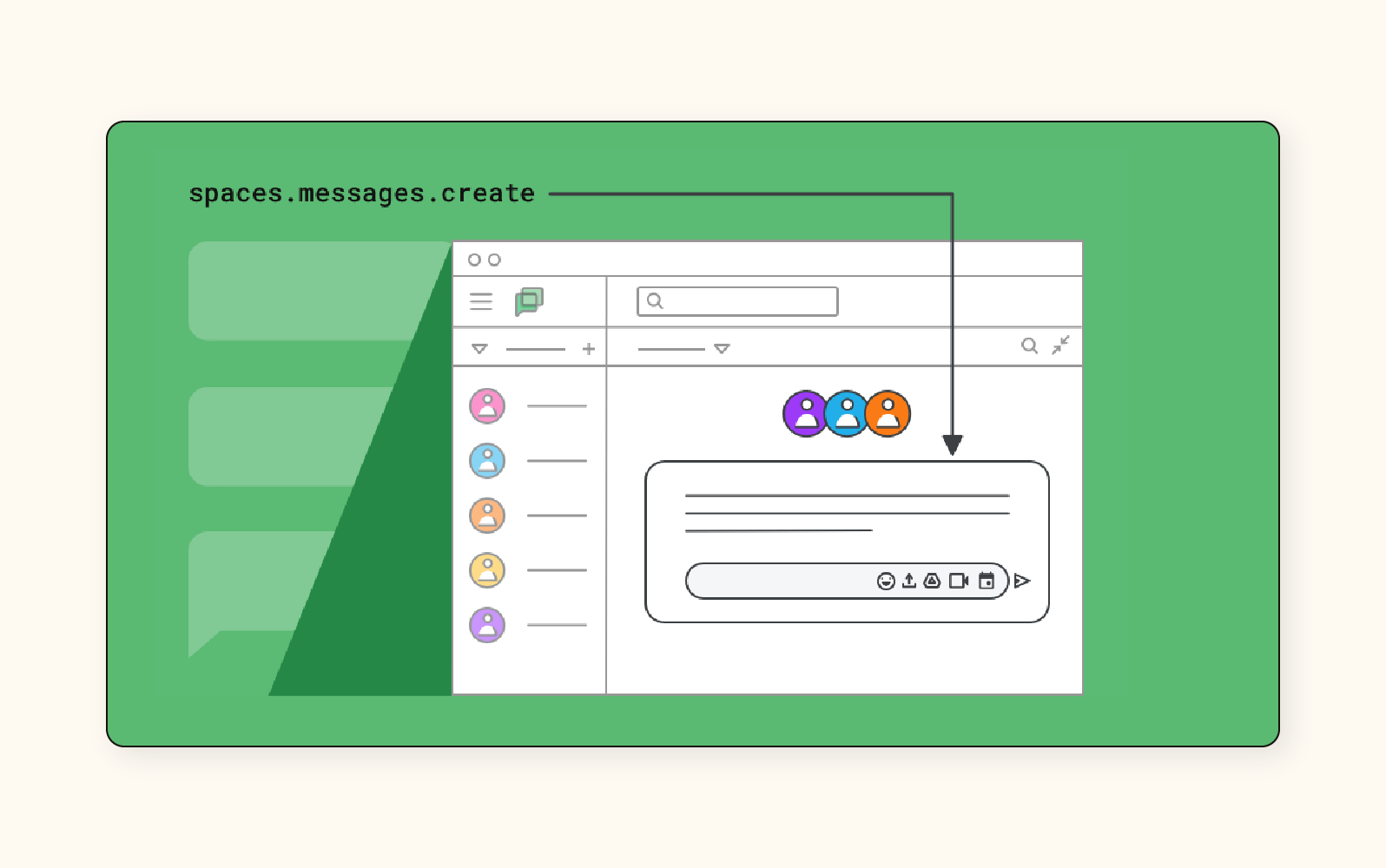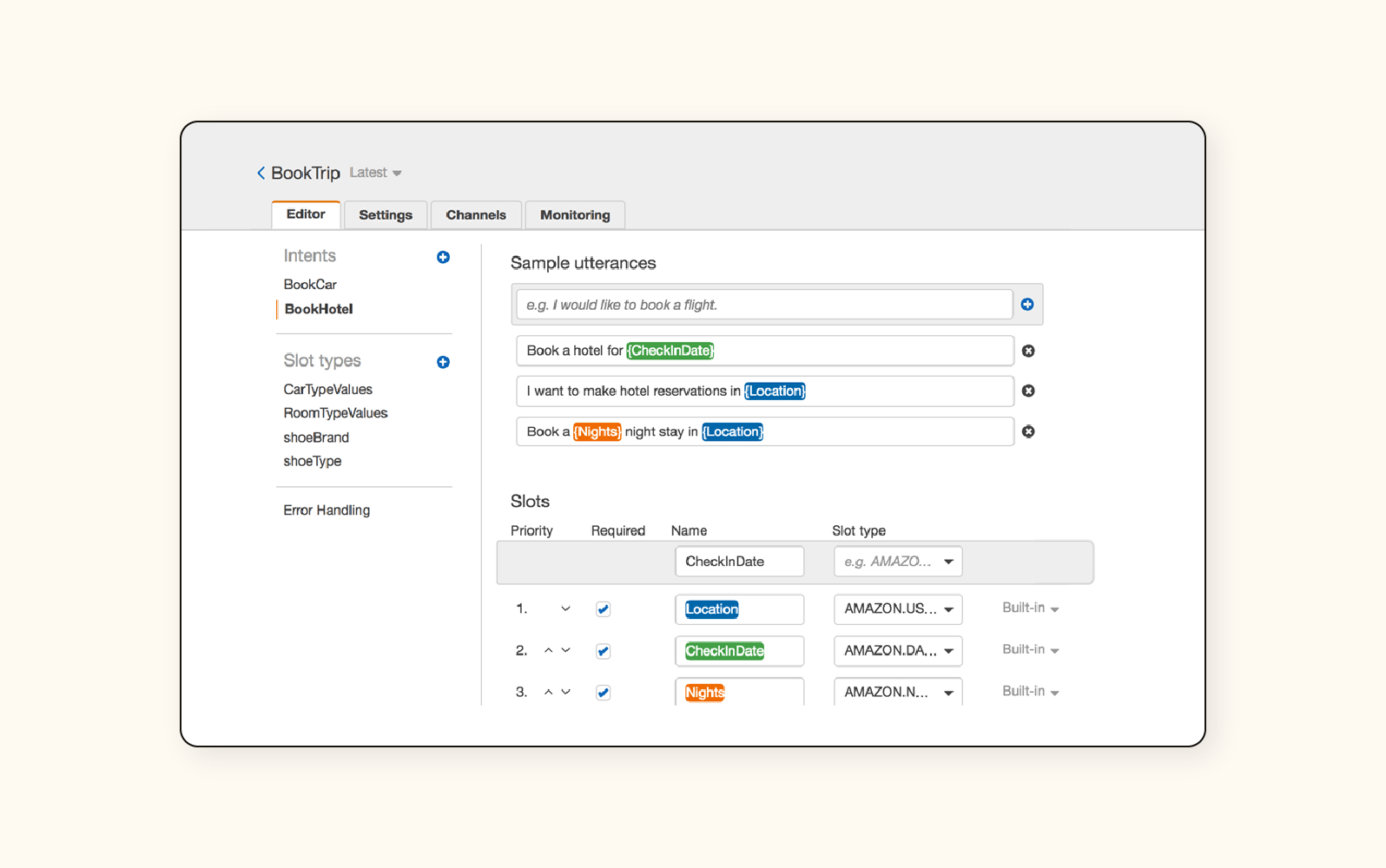10 best chatbot APIs of 2025
Use chatbot APIs to connect your chatbot software, bots, and AI agents with any system to provide effective and personalized AI-powered support. Get started today for free.
A guide to the 10 best chatbot APIs of 2025
Última atualização em February 4, 2025
Businesses are turning to customer service chatbots and AI agents to meet customer demands for fast support, particularly during peaks in ticket volume. The Zendesk Customer Experience Trends Report revealed that 70 percent of CX leaders believe bots are becoming architects of highly personalized customer journeys, and 51 percent of consumers prefer bot interactions over human ones for quick and immediate assistance. However, bots struggle to provide effective, tailored support when they are not integrated into broader systems and lack access to necessary data.
Chatbot application programming interfaces (APIs) bridge this gap. These dynamic tools enable a seamless connection between AI agents and all your business systems. Explore the many possibilities that chatbot APIs can unlock for your business.
More in this guide:
- What is a chatbot API?
- Benefits of using a chatbot API
- The 10 best chatbot APIs
- How to choose the right chatbot API
- Frequently asked questions
- Try the best chatbot API for CX
What is a chatbot API?
A chatbot API is a connective layer that allows you to integrate conversational bots and AI agents into your other applications. Through APIs, AI agents can connect to customer service software, billing systems, e-commerce tools, and more, unlocking a wealth of data to deliver quick, relevant, and personalized responses.
Benefits of using a chatbot API
Here’s a breakdown of some key benefits businesses can reap by incorporating chatbot APIs into their operations.
Personalized customer experiences
Chatbot APIs empower businesses to personalize customer experiences by enabling AI agents to connect with data sources like CRM systems, e-commerce tools, and billing software. This integration allows the chatbot to access a consumer's purchase history, preferences, and past interactions and tailor its responses and recommendations accordingly.
By recognizing the customer, the chatbot can greet them by name, suggest similar items to their previous purchases, and even offer personalized discounts, creating a more engaging and relevant interaction.
Improved agent productivity
Chatbots powered by APIs free up human agents to focus on more meaningful tasks that require their expertise and emotional intelligence. For example, when your AI agents connect to your business systems, they can handle everything from scheduling appointments to issuing refunds. This improves agent productivity by enabling your support team to dedicate their time to building customer relationships.
Increased scalability
Deploying AI that adeptly tackles complex customer issues can significantly scale your customer service operations. Chatbot APIs facilitate this by ensuring your AI agents can access the necessary data to provide high-quality support experiences.
AI chatbots enable your support team to manage an ever-increasing volume of inquiries efficiently, delivering consistent and timely responses during peak periods or unexpected spikes in customer interactions. This scalability allows businesses to expand their support infrastructure to meet varying demands without the added costs of recruiting and training additional human agents.
Improved customization
Chatbot APIs give businesses endless customization possibilities by extending the functionality of their bot. With APIs, you can tailor the behavior and responses of your AI agents to meet customer needs and expectations more effectively.
For instance, a chatbot could use an API to book appointments, process payments, or perform any other function supported by a connected service, providing a more customized user experience.
The 10 best chatbot APIs
Now that you understand what chatbot APIs can do, take a look at some companies that provide chatbots and AI agents, plus APIs that connect them to other systems.
1. Zendesk

Zendesk offers a complete customer service solution for the AI era, featuring industry-leading autonomous bots capable of managing a customer's entire request from start to finish, regardless of complexity. Our chatbot APIs allow businesses to connect our AI agents to any system and deploy them across channels in just a few clicks, resulting in highly personalized, automated support experiences.
Zendesk AI agents are adaptable and easy to set up without any coding or developer experience, lowering your total cost of ownership. They deepen their understanding with every interaction to offer even smarter support over time. Our AI agents automatically detect what customers want and how they feel and respond like your human agents would. And because our APIs enable you to connect them to your tech stack, they can complete various tasks like issuing refunds, changing passwords, and handling cancellations.
Zendesk recognizes that implementing AI solutions raises concerns about encryption and privacy. To address these concerns, we offer advanced data privacy and protection measures, ensuring you can manage, control, and secure your data effectively.
Pricing: Plans start at $55 per agent/month, billed annually. A 14-day free trial is available.
Explore more Zendesk pricing plans.
2. Twilio Studio

Twilio Studio offers a drag-and-drop interface for building chatbots so users without coding knowledge can design conversation flows. The platform provides pre-built widgets for common chatbot functionalities like collecting user input, routing conversations based on responses, and sending replies.
Twilio Studio integrates with various Twilio communication channels, allowing chatbots to interact with users through SMS, messaging apps, and web chat. Additionally, it offers connections to external APIs for functionalities like appointment scheduling or CRM data access.
Pricing: The first 1,000 flow executions each month are free. It costs $0.001 per 1,000 executions after.
Recommended reading: Learn how Twilio SMS integrates with Zendesk.
3. Meta Messenger Platform

The Meta Messenger Platform lets businesses build chatbots that interact with users directly within Messenger. Companies can use the API to design chatbots that handle customer service inquiries, provide product information, or facilitate transactions.
The API enables functionalities like sending text messages, images, and buttons within the chat interface. Additionally, it allows for basic data collection through user interactions.
Pricing: Free
Recommended reading: Learn more about using a Facebook chatbot.
4. Google Chat API

The Google Chat API allows developers to programmatically interact with Google Chat functionalities. This includes creating and managing Spaces (group chats), sending and receiving messages, and adding attachments. Additionally, the API facilitates user and membership management within Spaces.
Businesses can use this API to automate tasks within Google Chat, such as distributing meeting summaries or notifying team members about updates. Furthermore, the Google Chat API integrates with other Google Workspace APIs, letting chatbots access and share data from services like Google Drive or Google Calendar.
Pricing: Free
5. Slack API

The Slack Bot API empowers developers to create custom bots that interact within Slack workspaces. These bots can automate tasks, answer questions, and centralize team communication. Slack bots can be programmed to respond to specific commands or keywords mentioned in chat messages.
Slack bots can also integrate with external services using webhooks to trigger actions or fetch information from other platforms. However, free Slack plans limit the number of external integrations a bot can use, potentially impacting functionality for some businesses.
Pricing: Plans start at $7.25 per user/month, billed annually. A free plan is available.
Recommended reading: Learn how Slack integrates with Zendesk.
6. Bot Libre

Bot Libre offers an open-sourced web-based platform for building and deploying chatbots across various channels, including websites, mobile apps, and social media. For those with limited coding experience, Bot Libre provides a drag-and-drop interface to design conversation flows and integrate pre-built modules.
For developers seeking more control, Bot Libre offers a REST API for programmatic chatbot development. This API enables developers to customize conversation logic, integrate with external services, and leverage features like sentiment analysis.
Pricing: Plans start at $4.99 per month. A free plan and a 30-day free trial are available.
7. Amazon Lex

Amazon Lex is a chatbot API service offered by Amazon Web Services (AWS). It allows developers to build conversational interfaces for various applications, including chatbots, voice assistants, and interactive voice response (IVR) systems. Lex utilizes machine learning to understand the language used in user queries and routes them to appropriate responses or actions.
Developers can design different conversation paths based on user responses, enabling the chatbot to navigate interactions. Additionally, Lex integrates with other AWS services, such as Amazon Polly for text-to-speech conversion and Amazon S3 for data storage.
Pricing: Plans start at $0.004 per speech request and $0.00075 per text request. Users can get 10,000 texts and 5,000 speech requests free for 12 months.
Recommended reading: Learn how Amazon Connect integrates with Zendesk.
8. Microsoft Bot Framework

Microsoft Bot Framework provides a toolkit for developers to design and deploy chatbots. The visual authoring tool lets users build conversation flows by connecting pre-built elements to handle common chatbot functionalities like recognizing user intent and integrating with external services.
The Bot Framework offers a software development kit (SDK) that enables the creation of custom conversation logic and natural language processing (NLP) tools. Additionally, the Bot Framework connects with other Microsoft Azure products and services.
Pricing: Plans start at $0.50 per 1,000 messages. A free plan and a 30-day free trial are available.
9. Botpress

Botpress offers an open-source framework for building chatbots. It provides a web-based interface for designing conversation flows and managing chatbot functionalities. The platform utilizes a plugin architecture, allowing developers to extend core functionalities through a library of community-developed plugins.
Botpress is a GPT-native engine that lets users set the chatbot's personality to match their business's brand. The engine can also translate conversations into more than 100 languages.
Pricing: Contact Botpress
10. Botonic

Botonic provides a framework for building chatbots across various channels, including messaging apps, social media platforms, and websites. It includes both code-based and code-free development options. It features a drag-and-drop conversation flow builder that can collect user inputs and offer button responses and conditional responses based on user choices.
Botonic also offers a JavaScript SDK that allows users to build custom conversation logic and integrate it with external APIs through webhooks. Additionally, Botonic provides server-side deployment options, giving developers greater control over chatbot data and security.
Pricing: Free
How to choose the right chatbot API
Consider the following criteria to ensure you partner with the right chatbot API.
- Determine your use case: Assess the systems you use, the functionalities you require, and your target audience to find the tool that best aligns with your needs. For instance, if you want to provide sophisticated customer support through chatbots, you’d prioritize chatbot API software specializing in CX.
- Consider its time to value (TTV): By prioritizing APIs with a fast TTV, you can experience the benefits of chatbots sooner and maximize their return on investment. Consider how much time and how many resources it takes to integrate your AI agents with your other systems. For example, Zendesk enables you to do this in just a few clicks.
- Evaluate your budget: Chatbot APIs have various pricing structures. Some offer freemium plans with basic functionalities, while others charge based on features and usage. Factor in potential ongoing expenses—like developer resources for customization—and hidden costs like setup fees and support charges.
By carefully considering these factors, businesses can make informed decisions when selecting a chatbot API.
Frequently asked questions
Try the best chatbot API for CX
AI agents are transforming customer service, but their effectiveness can be hindered when they operate in isolation. With Zendesk chatbot APIs, you can seamlessly connect your AI agents to every system you use, enabling automated end-to-end issue resolution in just a few clicks. Our AI agents are the most autonomous in the industry and can effectively resolve even the most complex issues. They’re built specifically for CX, so they know what your customers think and feel without any training and get smarter over time. Start with a free trial to see how easy it is to implement and explore the full range of our AI-powered solutions.
Related chatbot API guides
Discover more information about integrating chatbots into your customer service operations.
